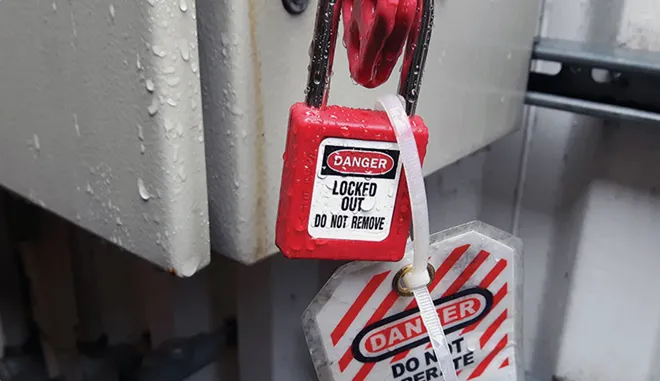
Why Use LOTO

Lock out, tag out or lockout–tagout (LOTO) is a safety procedure used to ensure that dangerous equipment is properly shut off and not able to be started up again prior to the completion of maintenance or repair work.
It is a protection system against unintentional exposure to hazardous energy from equipment and machinery. A lockout device, such as a padlock, secures the energy isolating device while a tagout device (i.e. a tag) warns employees not to use the equipment. Lockout–tagout is used across industries as a safe method of working on hazardous equipment and is mandated by law in some countries.

One of the most common workplace hazards is the release of hazardous energy during maintenance or repair work on machinery or equipment. This can result in serious injuries or even fatalities if proper safety procedures are not followed. One important safety measure to prevent such accidents is the implementation of lockout tagout (LOTO) procedures. By locking and tagging the machinery or equipment and isolating it from energy sources, LOTO reduces the risks of accidents and injuries. It also reduces the need for costly repairs or replacements and extends the lifespan of equipment.

The difference between lock out and tag out is the device used. The lockout device stops employees from operating the equipment while the tagout device informs them that the equipment should not be operated. Essentially, a tagout device is the second layer of protection against unsafe equipment operation while a lockout device is the first layer.